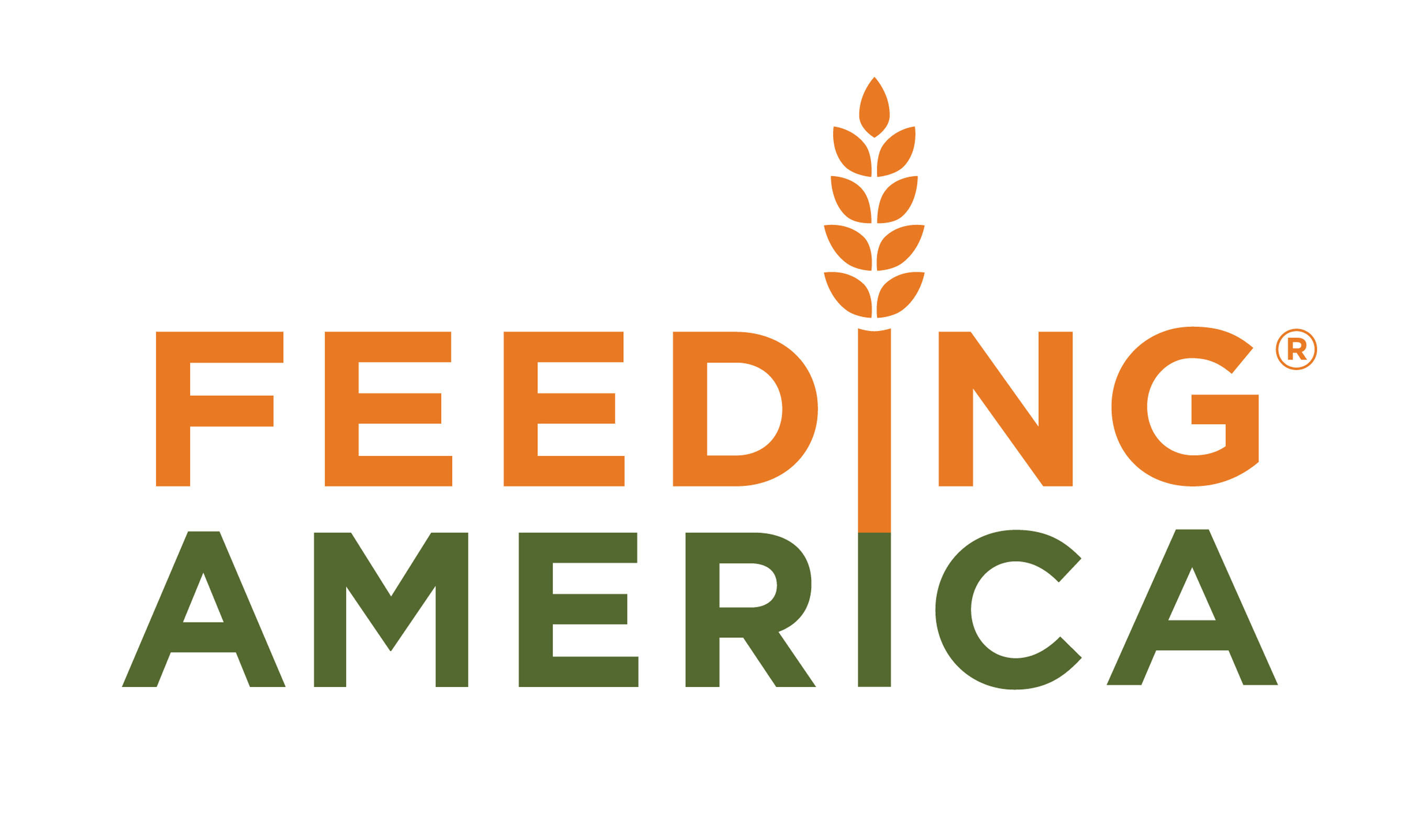Roughly one-third of individuals experiencing food insecurity may not be eligible for SNAP, after accounting for state-specific gross income limits, according to a study from Feeding America. Map the Meal Gap, the nonprofit’s thirteenth annual research study provides estimates of food insecurity and food costs around the country.
The estimates released reflect data from 2021 when SNAP benefits increased by 20 percent for recipients. SNAP emergency allotments that have now expired, and other supports like the Child Tax Credit which ended at the close of 2021, were critical in supporting lower-income individuals. The enhanced benefit levels, along with other social supports, were likely reasons why food insecurity for the overall population reached historically low levels, according to Feeding America.
"In 2021, we saw food insecurity decline due in great part to an unprecedented response from the charitable food sector and government nutrition programs," said Tom Summerfelt, PhD, chief research officer of Feeding America, in a statement. "This release of Map the Meal Gap comes at a critical time, as most COVID-era programs that supported those in need have now expired. That, coupled with elevated levels of inflation, may be a recipe for food insecurity to increase again if we don't expand efforts to ensure everyone has access to the food and resources they need to thrive."
Map the Meal Gap shows that though food insecurity exists in every county, the percentage of the population estimated to be food insecure ranges from a low of 2 percent in Griggs County, North Dakota up to nearly 26 percent in places like Kusilvak Census Area, Alaska. The study also includes food insecurity rates for several racial and ethnic groups at the local level and reveals that disparities can vary greatly by population and place.
SNAP is the first line of defense against hunger, yet availability can vary in part by state income thresholds, which range from $39,000 to $60,000 for a family of four as of January 2023. Despite living in food insecure homes, about 12.5 million are ineligible for SNAP benefits.
As part of Feeding America's Elevating Voices listening initiative, one individual shared they are looking for, "access to fresh, local foods, especially fruits and vegetables at a lower cost. Food costs have gone up 50-70 percent over just a few months ago. Being on SNAP and losing the additional emergency funding we had been getting when inflation is so high has been devastating. Where we once were food secure being on benefits, that is no longer the case.”
Of the 34 million people experiencing food insecurity in the U.S., 13.3 million are white, 9.7 million are Latino, 8 million are Black, and 2.8 million are Native Americans, Asian American, and Pacific Islanders or multiple races. While nearly 40 percent of the food insecure population in the U.S. is white, Black, Native American, and Latino individuals are, on average, two to over three times more likely to live in food insecure households.
Other key findings of Map the Meal Gap include:
• About 90 percent of high food insecurity counties are rural
• Roughly 80 percent of high food insecurity counties are in the South
• The national average cost per meal was $3.59, up from $3.25 in 2020
Related: Michelle Obama Launches Children's Nutrition Brand; Video: The Hatchery’s Zuchovicki Discusses Helping Food Entrepreneurs

